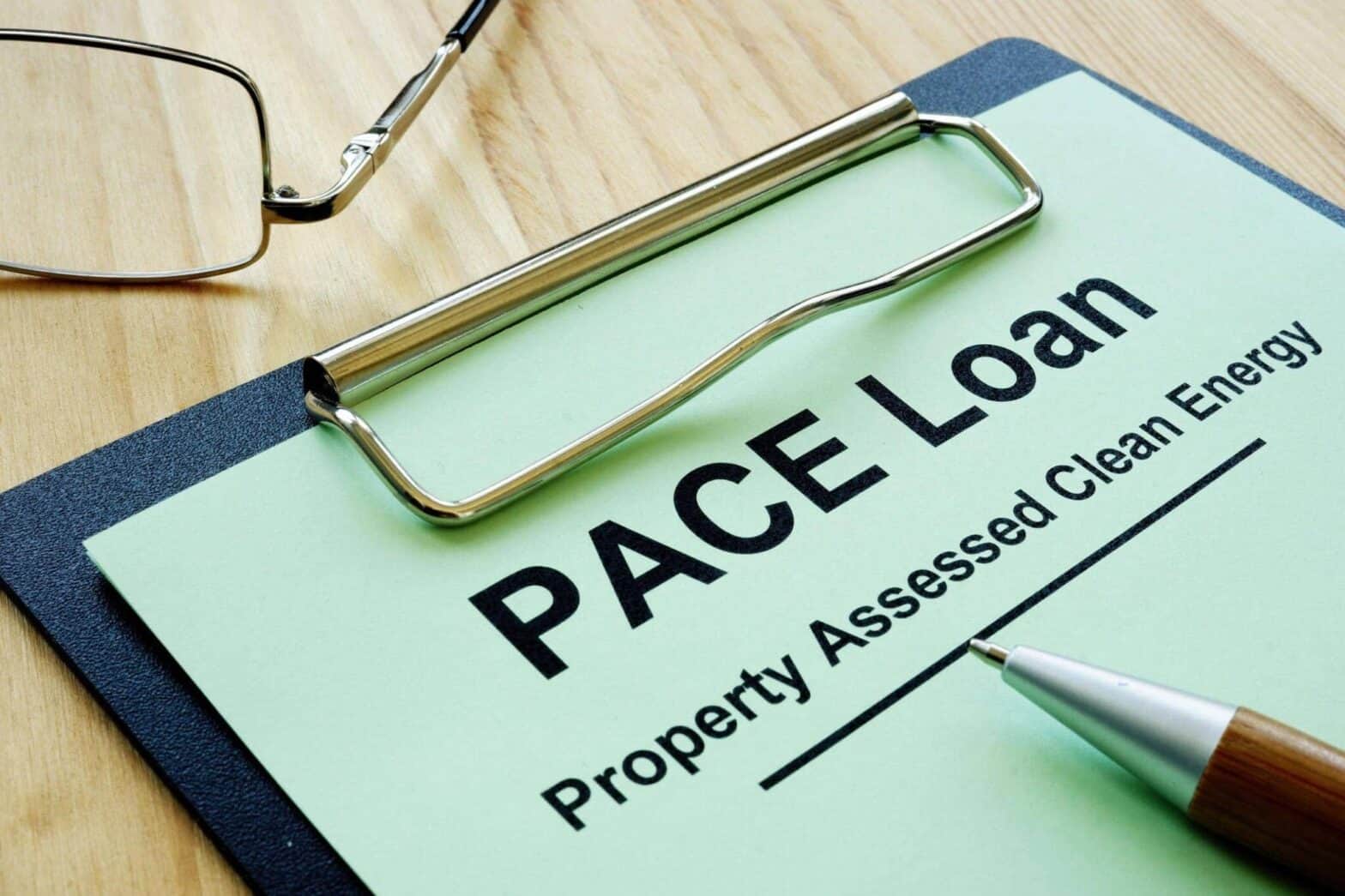What is PACE?
- Property Assessed Clean Energy (PACE) is a financing mechanism that allows property owners to fund energy efficiency, renewable energy, and water conservation improvements on their properties.
- PACE programs are typically administered at the state or local government level and allow property owners to finance the up-front cost of eligible improvements, which are then repaid over time through a voluntary assessment on the property tax bill.
- PACE financing is available for both residential and commercial properties, and can be used to fund a wide range of improvements, including solar panels, energy-efficient HVAC systems, insulation, and water-saving technologies.
How Does PACE Work in California?
- California was one of the first states to establish PACE programs, and the state has been a leader in the development and expansion of PACE financing.
- In California, PACE programs are typically administered at the local level by cities or counties, although the state has also established a statewide PACE program called CaliforniaFIRST.
- PACE programs in California are enabled by state legislation, which allows local governments to establish PACE districts and offer PACE financing to property owners within those districts.
- To participate in a PACE program, a property owner must first obtain an energy assessment to determine the eligible improvements for their property. The property owner then applies for PACE financing, which is typically provided by a private lender.
Residential PACE in California
- Residential PACE programs in California have been particularly successful, with thousands of homeowners taking advantage of the financing to make energy-efficient and renewable energy improvements to their homes.
- Eligible residential improvements under PACE in California include solar panels, energy-efficient windows and doors, insulation, HVAC systems, and water conservation measures.
- Residential PACE financing is repaid through a voluntary assessment on the property tax bill, which can provide property owners with long-term, fixed-rate financing at competitive interest rates.
Commercial PACE in California
- In addition to residential PACE, California also offers PACE financing for commercial properties, including office buildings, retail spaces, and industrial facilities.
- Commercial PACE can be used to finance a wide range of energy efficiency, renewable energy, and water conservation improvements, such as lighting upgrades, HVAC system replacements, and water-efficient landscaping.
- Commercial PACE financing is also repaid through a voluntary assessment on the property tax bill, which can provide property owners with long-term, fixed-rate financing that can be transferred to new owners upon the sale of the property.
Benefits of PACE in California
- PACE financing in California has several key benefits for property owners, including: – Upfront cost savings: PACE allows property owners to finance the full cost of eligible improvements, reducing the upfront out-of-pocket expenses. – Long-term financing: PACE financing is typically repaid over 10-20 years, providing property owners with long-term, fixed-rate financing. – Increased property value: Energy-efficient and renewable energy improvements can increase the value of a property, providing a return on investment for the property owner. – Environmental benefits: PACE-funded improvements can reduce energy and water consumption, leading to lower utility bills and a smaller environmental footprint.
Conclusion
PACE financing has been a game-changer for property owners in California, providing a convenient and accessible way to finance energy-efficient and renewable energy improvements. As the state continues to lead the way in sustainable building practices, PACE is likely to play an increasingly important role in helping property owners achieve their energy and water conservation goals


